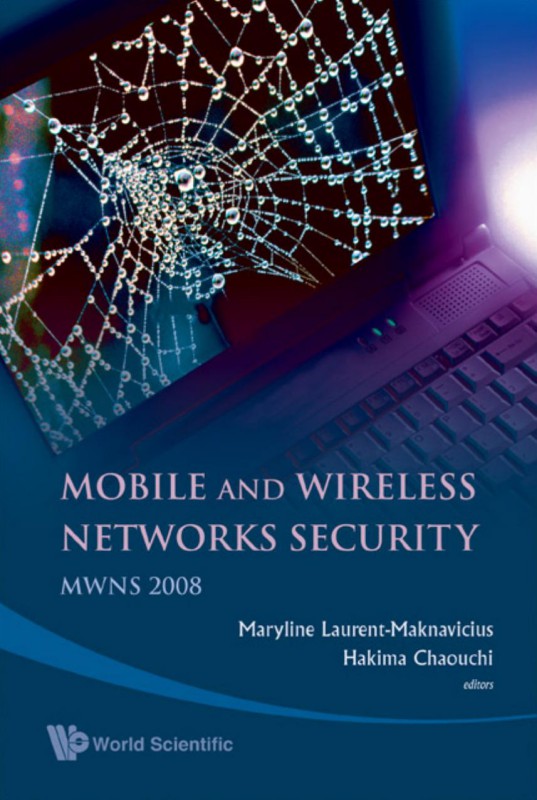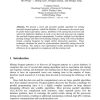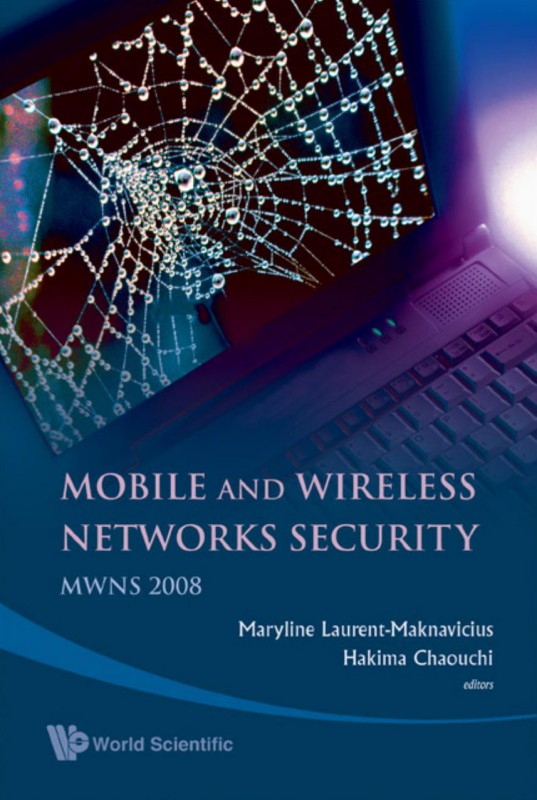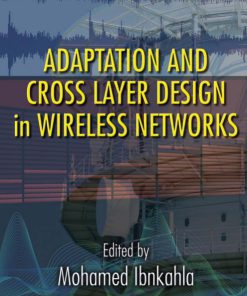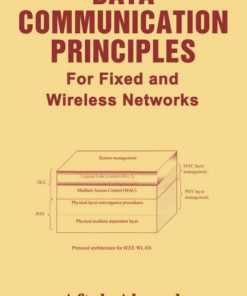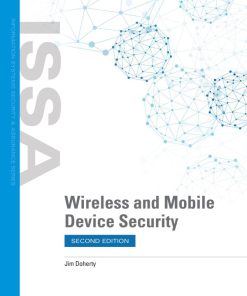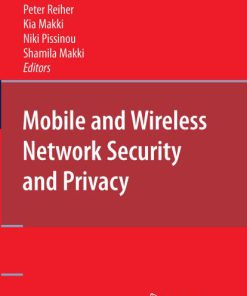Mobile and Wireless Networks Security 1st Edition by Maryline Laurent Maknavicius, Hakima Chaouchi 9812833250 9789812833259
Original price was: $50.00.$25.00Current price is: $25.00.
Authors:Maryline Laurent-Maknavicius; Hakima Chaouchi , Series:Computer Science [94] , Tags:Computers; Networking; General; Network Protocols , Author sort:Laurent-Maknavicius, Maryline & Chaouchi, Hakima , Ids:9789812833266 , Languages:Languages:eng , Published:Published:Dec 2008 , Publisher:World Scientific , Comments:Comments:Wireless and mobile networks have undergone a tremendous evolution since their start. This was mainly motivated by the need for connectivity everywhere, as exemplified by the philosophy of OC always onOCO access. Mobile telephony was the first need felt by users, followed by the need for mobile Internet applications. Mobile telecommunications networks were the first concretization of mobile telephony, followed by a set of wireless technologies with or without embedded mobility and with or without infrastructure. Obviously, this large deployment of services over mobile and wireless networks is not easy from a network security point of view. This book presents selected up-to-date research on security in wireless and mobile environments, mainly WiFi and self-organized networks such as ad-hoc networks. The selected research work was peer-reviewed and presented at the Mobile and Wireless Networks Security (MWNS) 2008 Workshop in Singapore.

